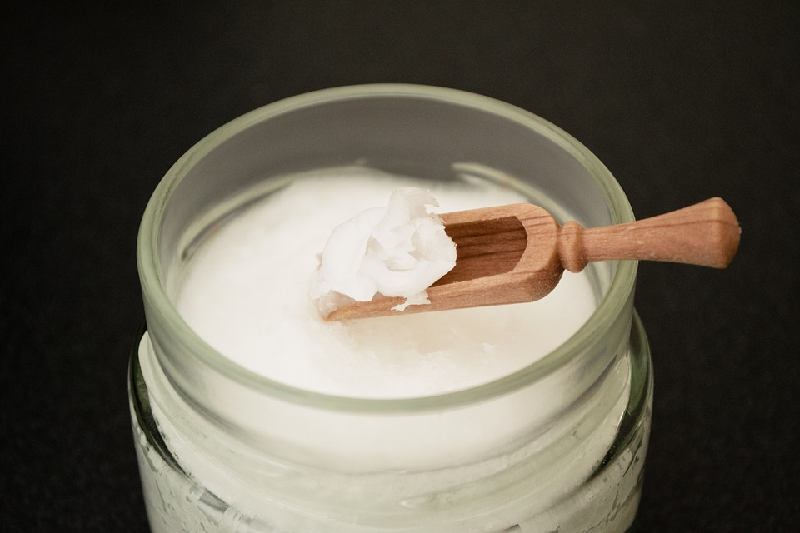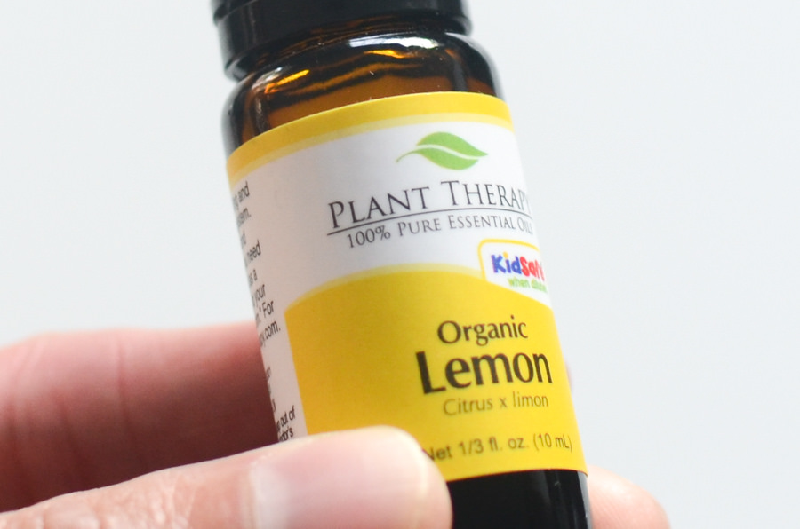Scarlet fever, a bacterial illness, can develop from someone who has strep throat. The most common sign of the illness is the scarlet fever rash, which is bright red and has the texture of sandpaper. Scarlet fever causes a fever as well, among other symptoms. While scarlet fever was once considered a serious childhood illness, antibiotics as a scarlet fever treatment has rendered the illness less threatening than it once was. However, left untreated, scarlet fever can lead to even more serious conditions that affect vital organs. (1)
Scarlet fever causes a variety of symptoms, the red rash being the most common.
Other common scarlet fever symptoms include the following: (2, 3)
- An extremely red, painful throat
- A temperature of 101F, or higher, with or without chills
- Bright red cheeks, underarms and where skin creases and folds. It may resemble a severe sunburn.
- A slight white coating on the tongue
- A swollen, red, bumpy tongue; it may resemble a strawberry
- Swollen glands
- Nausea or vomiting
- Abdominal pain, which may be severe
- General feeling of being sick, or malaise
- Joint and muscle aches
- Headaches
Causes of Scarlet Fever
The same bacterium that causes strep throat also causes scarlet fever. It’s called S. pyogenes, or group A beta-hemolytic streptococcus. Scarlet fever symptoms occur when the bacteria release toxins.
Scarlet fever is transmitted through fluids from the mouth and nose. When someone who has scarlet fever coughs or sneezes, the bacteria become airborne in droplets of water. Then, another person can contract it by inhaling these droplets or by touching something the droplets have landed on, such as a door handle, followed by touching their nose or mouth.
Additionally, coming in contact with the skin of an infected person can also spread scarlet fever. Risk increases by sharing towels, baths, clothes or bed linens with an infected individual. (4)
If you’ve contracted scarlet fever, try any of these 10 home remedies:
1. Gargle with Pink Himalayan Salt
As scarlet fever causes inflammation and pain in the throat, warm salt water makes for an excellent at-home treatment. And people have been using warm salt water as a sore throat remedy for several generations. In fact, research backs it up: gargling with salt water washes out the toxins. However, be sure to spit out the water; do not swallow it. (5)
Furthermore, instead of table salt, use pink Himalayan salt, as it is chock-full of potassium, magnesium and calcium. It also increases your pH balance, which makes it more difficult for bacteria to survive.
Dissolve one teaspoon of pink Himalayan salt into one cup of warm water. Gargle and spit; repeat until the mixture is gone.
2. Tea Tree Oil

One study found that tea tree oil ointment and body wash performed better against staph infections than an antibacterial ointment. (6)
To treat scarlet fever rash, mix five drops of tea tree oil with one teaspoon of coconut oil. Smooth the mixture over areas affected by the scarlet fever rash. Always dilute tea tree oil with a carrier oil, as it is extremely strong and can be irritating to the skin. Furthermore, do not ingest the oil. (7)
3. Manuka Honey
Manuka honey’s benefits are many; it’s rich in amino acids, B vitamins, and essential minerals. Furthermore, it’s been shown to be effective against MRSA. It also helps heal eczema and acne, fights tooth decay and bad breath, and supports the digestive system. And it can stop the growth of strep bacteria. (8)
To treat scarlet fever, applying it directly to the rash can offer relief. However, manuka honey is the most beneficial for symptoms when it is swished in the mouth and swallowed. Following gargling with pink Himalayan salt, swish one teaspoon of it in your mouth then swallow. Repeat this process several times a day.
4. Coconut Oil

Research shows that oil pulling reduces Streptococcus mutans and improves overall oral health. And while one study tested the effects of sesame oil for this concept, coconut oil may too be effective. Furthermore, coconut oil is used to treat inflammation, boost the immune system, fight bacteria, fungi and viruses. (9)
Coconut oil can be applied topically to sooth the scarlet fever rash with no adverse side effects. For best results, combine it with tea tree oil.
5. Vitamin C

You need a strong immune system to fight bacteria effectively. Vitamin C, according to the University of Maryland Medical Center, can boost immunity, as well as remedy dry mouth and fight some viral conditions. (10)
As a scarlet fever treatment, consume more foods that are rich in vitamin C. For example, try oranges, red bell peppers, kale, Brussels sprouts, broccoli, and guava.
6. Lemon Essential Oil

Lemon essential oil helps improve blood flow and reduces swelling while you are fighting infections. It helps to keep your lymphatic system in good shape, which is paramount when fighting off scarlet fever. (11)
Mix a couple of drops with a teaspoon of coconut oil then rub it on the rash. It will aid in healing and lesson discomfort. You can also add one or two drops to a glass of water and sip. If you wish, add raw honey. Just don’t put lemon oil in boiling or hot water as doing so will strip it of its healing components.
7. Astragalus Root
Astragalus root has been used as a boost for the immune system for years in Traditional Chinese Medicine. It treats inflammation, heals wounds, fights the flu and colds, all while boosting the immune system. (12)
As a scarlet fever treatment, follow the recommended dose on a high-quality astragalus tincture.
8. Propolis
Propolis, which is a byproduct of honey bees, can be used to treat scarlet fever, both topically and internally. Research shows it has powerful antibacterial activity against strep, among other bacteria. (13)
Internally, take 500 milligrams twice a day. For children, follow the directions on the package.
9. Vitamin D
An alarming number of people are vitamin D deficient. However, not many people realize the long-term health ramifications of the deficiency. (14) In fact, studies show a link between vitamin D deficiency and incidents of contracting the strep bacteria. (15)
The preferred way to increase levels of vitamin D is to spend more time outdoors in the sunshine. Do this without sunscreen for 15 to 30 minutes. If that isn’t an option for you, consume more foods with vitamin D and consider taking a supplement.
10. Apple Cider Vinegar

For treating infections, apple cider vinegar dates back to the days of Hippocrates (460 to 377 BC). (16) For a scarlet fever treatment, gargle with apple cider vinegar to soothe the pain and discomfort while fighting the bacteria. Stir one teaspoon of ACV and one teaspoon of raw honey together into a glass of warm water. Sip it slowly. Repeat this several times every day until painful symptoms improve.
For the rash, mix two tablespoons of apple cider vinegar with two cups of cool water. Then, soak a washcloth in the mixture and apply to the rash. Doing this can help reduce inflammation and irritation.


